CDC’s Environmental Public Health Tracking: Tips to Limit Various Types of Pesticide Exposures

People are exposed to low levels of pesticides every day. You can be exposed to pesticides in a variety of places including your home, at school, or at work. Pesticides can get inside your body from eating, drinking, breathing them in, and by skin contact.
The most effective way to reduce risk for pesticides is to use integrated pest management and avoid using pesticides.
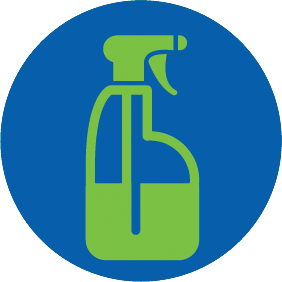
DISINFECTANTS
Also called antimicrobials, and regulated by the EPA, examples include some hospital & household cleaners, swimming pool chemicals, & bleach.
PREVENTION:
Disinfectants should be used on hard surfaces & objects, not on people or animals. Always read & follow product label.
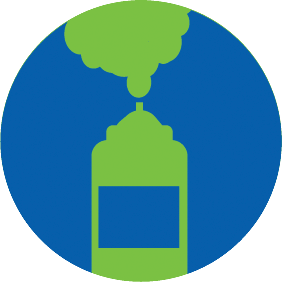
FUMIGANTS
Fumigation is a pest control method in which a pesticide gas or vapor is released into the air or injected into the soil to kill or eliminate pests.
PREVENTION:
The most effective way to reduce risk for fumigant health effects is for restricted use by professionals only.
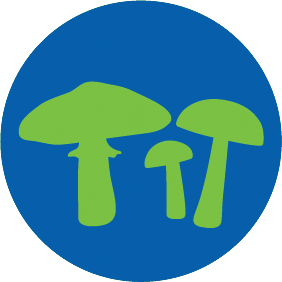
FUNGICIDES
Fungicides kill or slow the growth of fungi and their spores. They can be used on plants or other surfaces where mold or mildew grow.
PREVENTION:
Preventing fungal growth, by eliminating moisture and keeping areas clean and dry, is the most effective way to prevent exposure to fungicides.

HERBICIDES
Herbicides are designed to kill plants, usually for controlling weeds. They are commonly used on residential lawns.
PREVENTION:
Carefully choose an appropriate herbicide and always follow the instructions on the product label. Do not apply more of the herbicide than is directed on the label. Keep children & pets away from the treated areas.
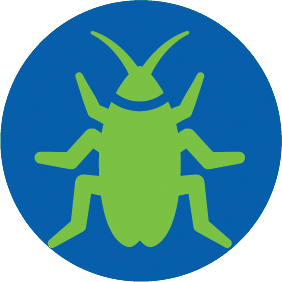
INSECTICIDES
Insecticides are chemicals designed to kill insects. They are used in agriculture, public health, industry, businesses, and households.
PREVENTION:
Carefully read and follow any instructions on the product label. Choosing an appropriate targeted insecticide can minimize the risk of harm to non-targeted living things.
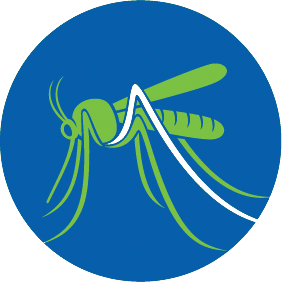
REPELLENTS
Repellents are products applied to surfaces that discourage pests from landing or climbing on that surface.
PREVENTION:
For the safe and effective use of pesticide products, always read the product label before using the product. Apply just enough repellent to cover exposed skin and/or clothing.
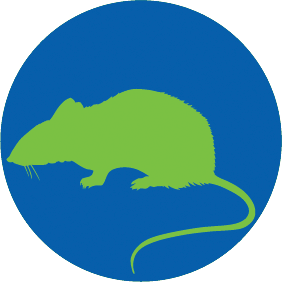
RODENTICIDES
Rodenticides are pesticides that kill rodents. Examples of rodents include mice, rats, squirrels, woodchucks, chipmunks, porcupines, nutria, & beavers.
PREVENTION:
Rodenticide baits, designed to attract animals, may also be attractive to children and pets, so they should always be used or stored out of their reach. Tamper-resistant bait stations should be used for further precaution.
The Tracking Network now has data on pesticide exposures and pesticide-related illness in the United States. These data come from the American Association of Poison Control Centers (AAPCC).
Visit CDC’s Environmental Public Health Tracking Network to explore pesticide exposures data, and learn more about pesticide exposures, risk, and prevention.
www.cdc.gov/ephtracking
www.aapcc.orgexternal icon
1-800-222-1222
(Poison Control Emergency Hotline)